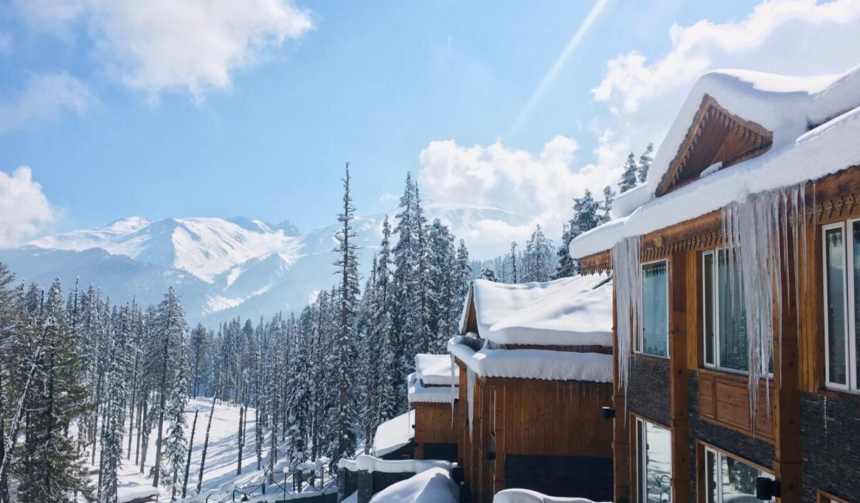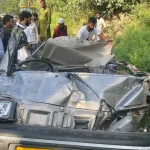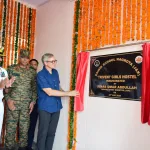A house or shelter is one of the basic needs of human beings; providing safety, security, and a space for personal and communal life. It serves as a refuge from environmental elements like heat, cold, rain, and natural disasters, ensuring physical protection and comfort. Beyond its practical purpose of protecting against natural elements, it serves as a foundation for emotional and social well being. The construction and design of shelters are deeply tied to cultural identity, reflecting the traditions, beliefs, and environmental conditions of a community. For instance, indigenous structures such as igloos, mud huts, or stilt houses exhibit resourcefulness and harmony with the local climate and available materials. Additionally, cultural values of a society influence spatial arrangements, decorations, and functionality while a shelter is being constructed in a particular region. Thus, a shelter is not merely a physical structure but a manifestation of cultural heritage and human ingenuity.
When we look at the old traditional house construction style in Kashmir Valley, it reflects a profound harmony between nature, culture and the environment. Our old traditional houses which were often crafted using locally sourced materials like timber, mud, and stones, blend seamlessly with our valley’s natural surroundings. The sloping roofs, designed to withstand heavy snow, and intricately carved wooden panels shows the ingenuity and artistic heritage of Kashmiri culture. Such architectural choices ensure thermal insulation, reducing dependence on artificial heating, and highlight an eco-friendly approach. The design and architecture of our old houses was rooted in our cultural values and environmental sustainability; depicting a symbiotic relationship between the people of Kashmir and their unique ecosystem. Their architecture was not only aesthetically pleasing but also meticulously designed to adapt to the region’s climatic extremes.
In the biting winters, these homes provided warmth through their efficient use of deodar wood and unbaked clay bricks; which used to work as excellent insulators from scorching heat of summer and biting cold of winter. The sloping roofs allowed heavy snow to slide off effortlessly, preventing structural damage. The use of natural materials such as mud, stone, and timber ensured that the homes were eco-friendly and blended harmoniously with their surroundings. In our old houses, the inner rooms were often adorned with walnut woodwork. Since this wood is soft, it allowed for exquisite carving. This craftsmanship reflected the aesthetic taste of the Kashmiris. All things considered, it can be said that our old traditional homes were more than mere shelters; they were cultural artefacts, embodying centuries of wisdom, craftsmanship, and environmental adaptation.
From last one or two decades, the construction landscape of Kashmir has undergone a dramatic transformation. The advent of concrete and steel structures with flat roofs, large glass windows, and minimalist designs reflects a deep taste for modernity. This shift is driven by several factors, including increased access to technology, the aspiration to emulate urban lifestyles, and the perception that traditional designs are outdated or inefficient. Unfortunately, this trend has come at a significant cost. Modern houses in Kashmir often ignore the region’s climatic requirements. Flat roofs, for example, are unsuitable for the heavy snowfall that is a hallmark of winters in Kashmir, leading to water leakage and structural vulnerabilities.
The excessive use of glass, iron and steel contributes to poor thermal insulation, making these homes harder to heat during the winter months and less energy efficient overall. The severe cold climatic conditions of Kashmir valley demand architectural solutions that respect its unique conditions. Traditional houses, with their thick mud walls and small windows, were naturally insulated and reduced the reliance on external heating systems. Modern houses, in contrast, require extensive energy consumption (excessive use of electric room heaters, LPG heaters, Hamaam system etc.) to maintain warmth during winters.
Besides the environmental implications, the loss of traditional architecture represents a profound erosion of cultural identity. Houses are often seen as extensions of one’s heritage, and in our Kashmir valley, the architecture was a visual reminder of the valley’s unique history and traditions. The complex designs of Khatamband ceilings and Pinjrakari windows in our old houses were displaying the skilled craftsmanship passed down through generations. But these elements are now being replaced in modern houses by sterile designs that could belong to any generic cityscape. This architectural shift alienates our younger generations from their cultural roots.
With the disappearance of traditional houses, the stories, values, and skills associated with them are also vanishing, creating a cultural void that cannot easily be filled. The traditional architecture of Kashmir not only connected us to the past but also served as a significant defence against earthquakes. It has been observed that during earthquakes, modern concrete houses collapse, while centuries old houses remain intact. The reason is that after the tremors, the traditional structures return to their original position, whereas concrete structures lack the flexibility to do so.
The need for modernization is undeniable, but it must not come at the expense of cultural identity and environmental harmony. To preserve Kashmir’s architectural heritage, it is essential to rethink our approach to construction and ensure that future developments are sustainable and reflective of the region’s unique culture and environment. We should incorporate elements such as sloping roofs, natural insulation, and intricate woodwork into modern designs while constructing our houses. Further, we must use locally sourced, sustainable materials to reduce the ecological imbalance. It is essential to merge traditional aesthetics with contemporary functionality while designing our houses, such as energy efficient windows with Pinjrakari designs.
It is pertinent to mention here that in our valley most individuals in the field of engineering are primarily learning concrete based designs. This approach needs a reconsideration and revision. The government has also not taken significant steps to promote the education and innovation of traditional architecture. The misleading notion of modernity has overshadowed traditional knowledge and sciences. The government and private stakeholders must play a proactive role in promoting architectural policies that respect local traditions. The charisma of modernity is undeniable, but Kashmir must not lose sight of what makes it unique. We must keep in mind that the construction of houses that ignore cultural identity and climatic realities may offer short term convenience, but the long term consequences are far reaching.
(The author teaches Geography at GDC Kulgam and can be reached at: [email protected])








